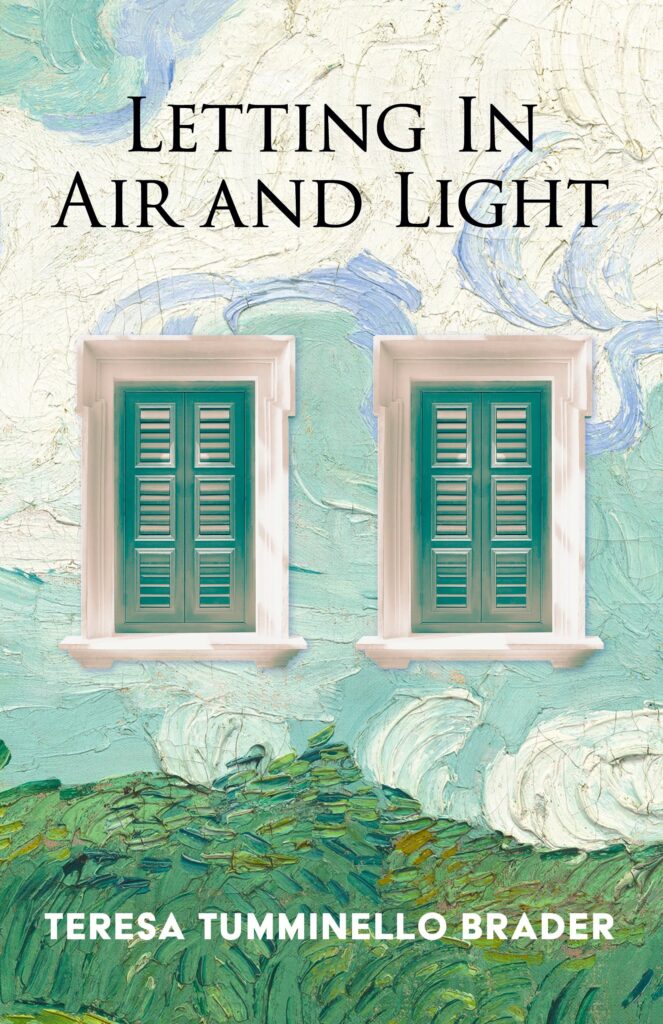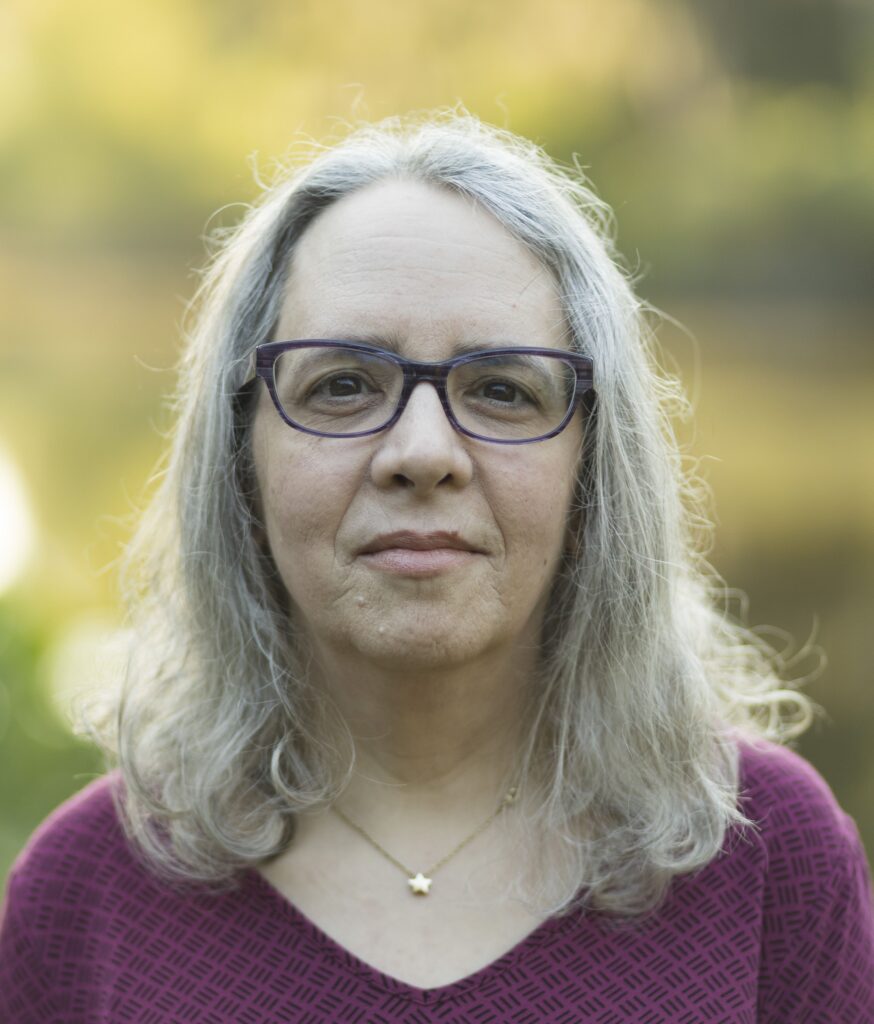

Have you ever traveled as research for your book?
Yes, though I didn’t have to travel far, as it was all in Louisiana, where I live.
My book, Letting in Air and Light, published by Belle Point Press, released on October 10, 2023, centers on my art-forger uncle. He was convicted of fraud in selling his fakes as if they were the paintings of Clementine Hunter, a beloved Louisiana folk artist. My furthest road trip was about four hours away to Melrose Plantation in the Natchitoches area, where Hunter lived for most of her life. Many of her works are on exhibit in the buildings.
I also took shorter trips: to Lafayette for a presentation given by the FBI agent who arrested my uncle; to a Baton Rouge art museum for an exhibition of Hunter’s works, which included mentions of my uncle’s crimes.
The trips were for research, but the events also became parts of the narrative.
How did you come up with the title for your book?
It’s from a sentence in the beginning of the book, and was the suggestion of the author Tara Masih, a friend and mentor, and one of my early readers. The phrase fits the book’s aim.
How do you use social media as an author?
I’ve belonged to communities on Goodreads and Twitter long before I considered myself an author. These communities are based on books we read, whether together or separately. And it was easy to celebrate my book contract; the book’s cover; preorders; etc. with these wonderful people. One of my dear friends has planned a Twitter group read of Letting in Air and Light. The hashtag is #TTB23.
How long did it take you to write this book?
That’s a tricky question to answer, because it starts with some writing from years before I began Letting in Air and Light. That writing is told from my viewpoint as a child visiting my grandparents’ house, where my uncle also lived. I’d written and abandoned it long before I first read of his indictment by a federal court. After I decided to write about his crimes, that old piece of writing felt like the perfect lead-in. The rest of the writing spanned about two years.
How much research did you need to do for your book?
I did a fair amount, using the library’s online newspaper archive to search for my uncle’s name, as well as using it to get a sense of the years I didn’t live through, starting with the 1930s. Some of the research bore surprising results; some of it corroborated family stories and my memories.
What book (or books) are you currently reading?
I always have (too) many going at once, but the main ones right now are White is for Witching by Helen Oyeyemi and Alberta Alone, the last of a trilogy by Cora Sandel. The three Alberta novels are not easy to find and deserve to be reprinted. I’m almost finished Barbara Browning’s The Correspondence Artist, published by Two Dollar Radio. I’ve fallen in love with the books put out by this press.
What books helped you the most when you were writing your book?
After writing early drafts of the memoir sections, I started reading more memoirs. It’s not a genre I read widely in—I’m a fiction reader mostly—and I kept my eye out for memoirs that employed unusual styles, as mine is also unusual. I was looking for affirmation, and I found it. First, at the suggestion of the historian Miki Pfeffer, a good friend and another of my early readers, I reread Mary McCarthy’s Memories of a Catholic Girlhood. Though I hadn’t thought about the book for over thirty years, I could see how it had likely influenced me. I then read more recently published memoirs, such as Jeannie Vanasco’s The Glass Eye. In her book I also found validation as to my writing process.
What inspired the idea for your book?
After reading the newspaper and magazine articles about my uncle, I realized there was another story about him that could be told, and it was one only I could write.
What is the most valuable piece of advice you’ve been given about writing?
Years ago, during a master class at the Tennessee Williams Fest in New Orleans, Dorothy Allison said that no writing should be thrown away, that even your earliest efforts might contain a seed or a sentence you can use in the future. I’ve never forgotten this advice, and it’s been proved true for me.
When did you write your first book and how old were you?
Letting in Air and Light is my first book and I am 61 years old. It’s never too late!
Twitter: @ttbrader;
Goodreads: https://www.goodreads.com/author/show/4348288.Teresa_Tumminello_Brader; website: teresabrader.com